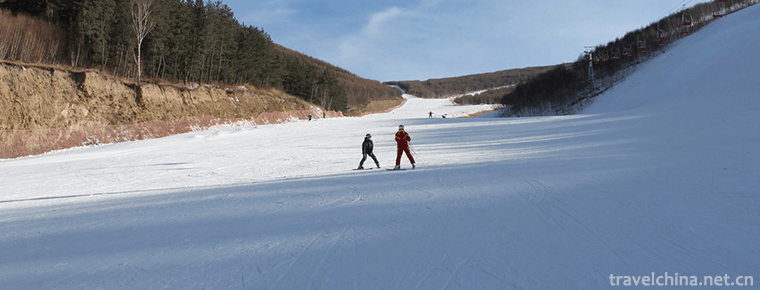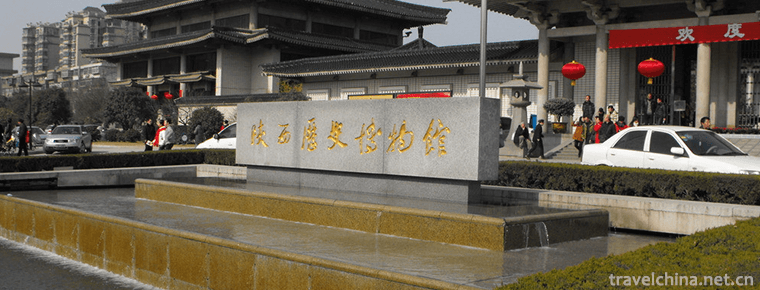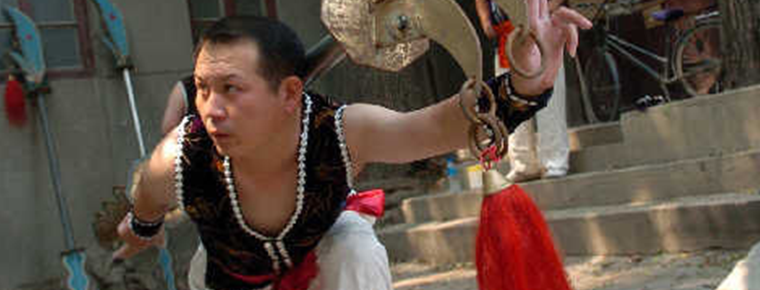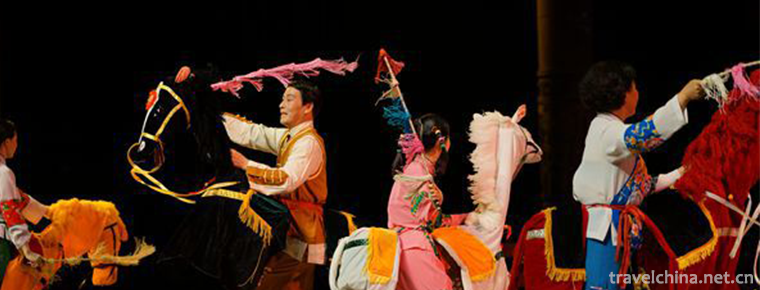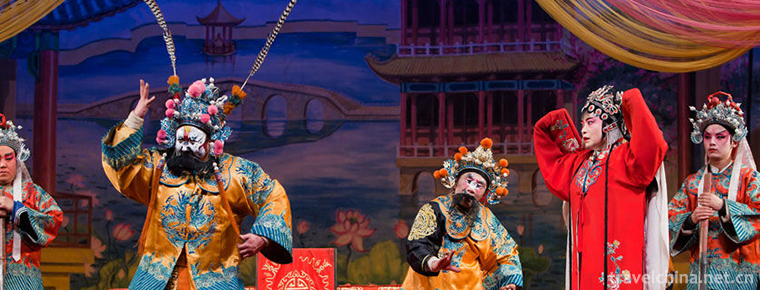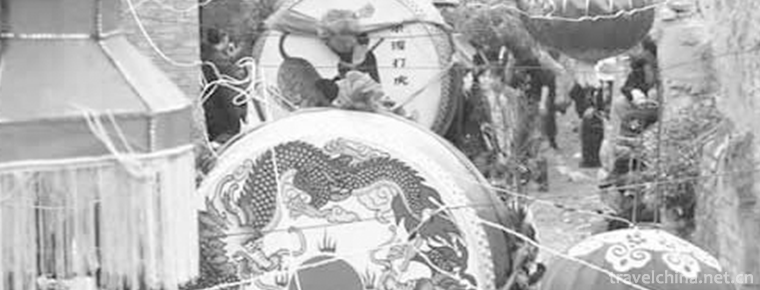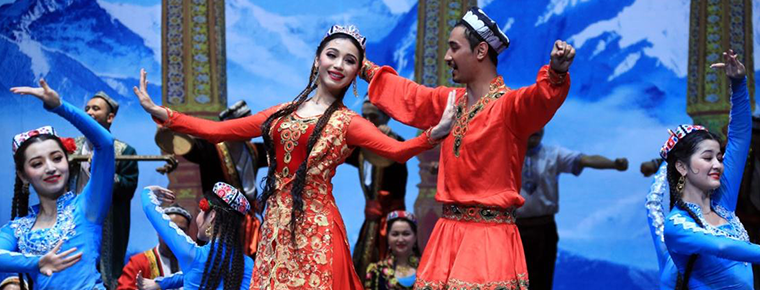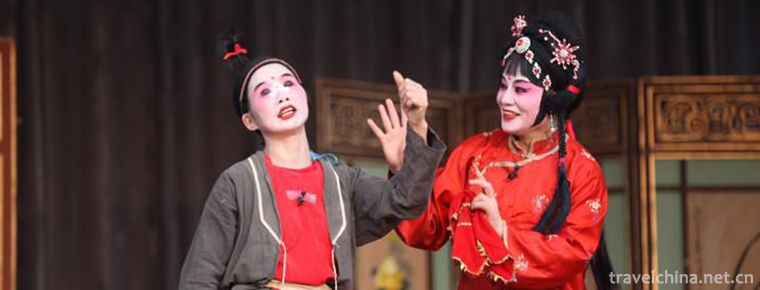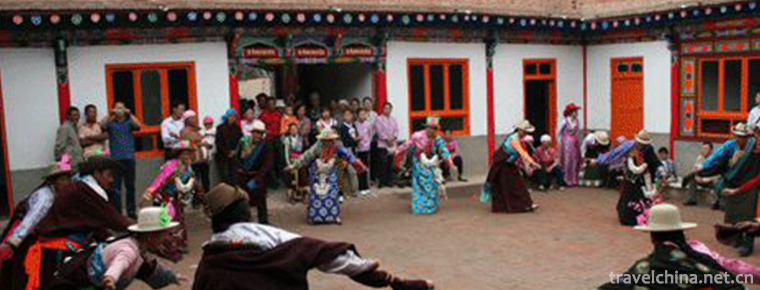Ewenki reindeer custom
Ewenki reindeer custom
Ewenki reindeer, also known as Ewenki hunters (mainly according to their professional characteristics and different from other Ewenki), are part of the Ewenki people. They migrated over 300 years ago from the coast of the Outer Belgal Lake and the Lena River Basin in present Russia, and lived nomadic life for generations in the Greater Hinggan Mountains. They settled in Aoluguaya in 1965 (where Ewenki means a place with abundant poplar forests). In 1973, they established Aoluguaya Ewenk Nationality Township.
On June 7, 2008, Ewenki reindeer customs declared by Genhe City of Inner Mongolia Autonomous Region were listed in the second batch of national intangible cultural heritage list (category: folklore; number: _-91) with the approval of the State Council.
historical origin
In the primitive forests on the northwest foot of the Great Hinggan Mountains and the right bank of the Erguna River, there is a little-known minority tribe, which is the Ewenki reindeer people of "Aoluguaya" (the place name means the place where the Poplar Forests flourish). Because these people mainly live by raising reindeer and hunting, wandering in the primitive forests of the Great Hinggan Mountains all year round, they are also called Ewenki or Ewenki hunters who use reindeer. Ewenki people have a long history in reindeer breeding. Legend has it that long ago, eight of their ancestors hunted in the mountains, captured six wild deer and brought them back to breeding. Over time, they developed into reindeer in captivity today. According to the research of experts, the Ewenki people raised deer can be traced back to the Han Dynasty. The record of "raising deer like raising cattle" in Liangshu refers to the northern people who raised reindeer here. 由于历史的发展和时代的变迁,驯鹿在其他北方民族中都已先后消失,惟独在鄂温克猎民中得以延续。
Reindeer is a kind of animal growing in cold areas. They have high food requirements and choices. They mainly eat moss in the forest. They also like to eat grass, leaves and mushrooms according to different seasons. Bryophyte is a kind of low-grade plant. It grows mainly in the cold and humid areas on the Western foot of the Great Hinggan Mountains. It exists in the forest all the year round, but grows very slowly.
For a long time, Ewenki hunters and reindeer have established deep feelings, treat reindeer as their children, not only give them a pleasant name, but also give them all kinds of care. Every festival, they dress reindeer like their daughters, wear red and colorful clothes, and hang bright copper locks; if a deer dies unfortunately, they will cry bitterly. According to the old custom, reindeer or Ewenki marriage bride, when the man proposes marriage, he should first bring a number of tall and beautiful reindeer; when the bride marries, she should bring back the same number of reindeer, some even more; when the wedding is held, the bride and groom should lead reindeer around the tent set up by the bride for a few rounds to show that the people are thriving and reindeeding reindees are strong.
The migration of "grazing for grass" is a major event in the nomadic life of Ewenki hunters, and it is also the most magnificent chapter in their lives in the Great Hinggan Mountains. Because the hunters only have enough food to eat for 10 to 15 days, this determines the frequency of migration (if the time is too long, the farther the reindeer forage goes, it will not only aggravate the difficulty of finding reindeer, but also easy to lose it). It's very difficult to migrate in the woods. Their survival, continuation and development in this vast forest sea is a miracle in itself.
Before migration,
Hunters gather reindeer together and tie part of the reindeer that can ride and carry animals to a cage and tie them to nearby trees. Generally, the more honest reindeer are used for carrying people, and the more natural reindeer are used for carrying things. At this time, hunters began to organize things, mainly to dismantle the cover on the "jacks of Luozi" ("jacks of Luozi" means house in Ewenki). The last task before the migration is to extinguish all the fire in the hunter's place. Hunters can't live without fire for a moment. Generally, a fire hall should be set up inside and outside the "pinch of Luozi" for cooking and heating, and several fires should be lit to smoke reindeer to catch mosquitoes. The migration began. In the middle of the procession, young women led reindeer packed in front of them, one by one, followed by old people and children riding on reindeer. On both sides of the procession were adults and children chasing reindeer. Hunters'hounds also joined the migration team.
Protection Suggestion
In today's effort to build a harmonious socialist society, we need to understand cultural phenomena in a dialectical, modern and scientific way of thinking, and understand that culture plays an extremely important role in promoting the development of modern society. Efforts should be made to protect and preserve a national characteristic culture. Therefore, we should adopt a kind of attitude towards the reindeer economy and reindeer culture of the Ewenki nationality, the reason of which is self-evident. To this end, we recommend that:
(1) The autonomous region should take active measures to protect and support the development of the Ewenki reindeer economy. These include: defining fixed woodland and grassland, implementing the related rights of using woodland and grassland; financial transfer payment policy in natural forest protection project should be implemented to hunters as soon as possible; improving the standard of subsidies for hunters'rangers; encouraging hunters to return to mountain forests and developing reindeer breeding, etc.
(2) Actively provide hunters with preferential and sound social welfare, including living environment, housing conditions, medical security, educational investment and personnel training, so that Ewenki hunters can enjoy the fruitful results of social development.
(3) Actively protecting and rescuing the cultural heritage of the Ewenki people, especially the intangible cultural heritage, should become a top priority, such as the language, folk songs and traditional skills of the Ewenki people, and actively declare the list of intangible cultural heritage protection.
(4) For Ewenki, a nation that depends on the survival of nature, it is not necessary to force it to accelerate its development by means of market economy. We can adopt the method of combining market economy with planned economy to explore an effective way to make Ewenki's economy and society keep pace with the overall development of the autonomous region step by step, and to protect the inheritance and development of Ewenki's cultural heritage.
(5) The development of the Autonomous Banner of minority nationalities should be included in the overall development plan of the autonomous region as soon as possible. In terms of resources, location, talents, folklore, culture and tourism, we should find out the advantages of development and achieve a scientific orientation so as to realize a good situation of resource utilization, ecological protection, national unity and harmonious development between man and nature.
(6) Seize the opportunity of the first National "Eleventh Five-Year Plan" for Ethnic Minorities, formulate the "Development Plan for Ethnic Minorities in Inner Mongolia", and include the urgent problems in the development of small and minority nationalities, so as to bring the development of small and minority nationalities into the orbit of scientific planning and institutional arrangements.
Cultural phenomenon is like a river with a long history. It should never be interrupted and be used for the sustainable development of mankind. But once the river is interrupted, the riverbed will dry up. National culture plays an increasingly important role in the development of human society. We should have enough confidence in the development of Ewenki reindeer economy and the preservation of reindeer culture, and make our due efforts.


-
Nanjiang Grand Canyon
Nanjiang Grand Canyon is located in Kaiyang County in the middle of Guizhou Plateau, 54 kilometers away from Guiyang, the capital of Guizhou Province.
Views: 113 Time 2018-12-31 -
Jilin Beidahu Skiing Ground
Jilin Beidahu Skiing Ground is located in Jilin Beidahu Development Zone, 53 kilometers away from Jilin urban area. Entering the ski resort, facing the Asian Games Village Hotel..
Views: 138 Time 2019-01-19 -
Shaanxi History Museum
Shaanxi History Museum, China's first large-scale modern national museum, the first batch of China's "AAAA" class tourist attractions, known as the "ancient capital pearl,.
Views: 141 Time 2019-02-08 -
Hui Heavy Knife Wushu
Heavy knife is the original name of big knife. It is a traditional weapon around Beijing and Tianjin. It has a history of thousands of years in China. The original name of Jinmen.
Views: 167 Time 2019-05-04 -
Mulian Opera
Mulian Opera is an ancient opera with religious story "Mulian Save Mother" as its theme, which is preserved in folk activities. It is the first opera that can be tested at present. It is kno.
Views: 82 Time 2019-06-06 -
Shangdang Laozi
Shangdang Laozi is one of Shanxi local operas. It is a kind of opera popular in southeastern Shanxi. Shangdang Laozi is a tributary of Wu'an Laozi in Hebei Province. During the Daoguang period of the .
Views: 379 Time 2019-06-13 -
Yucun drum car
Yucun Drum Car has a history of more than 2,700 years. It has recovered after a long history of ups and downs. Drum truck is a combination of drum and car, which evolved from the ancient chariot. As a.
Views: 92 Time 2019-06-28 -
Machirev
Machirev is a name for a form of dance and entertainment, which refers to a large-scale self-entertainment activity with a large number of participants (the so-called participation refers to those who.
Views: 95 Time 2019-07-06 -
Awakening Drama
Yongkang Xinggan Opera, also known as "Jianggan Opera", is a traditional opera that serves religion. Mainly to persuade people to reflect, guide people to rectify, mainly in sacrificial occa.
Views: 351 Time 2019-07-08 -
Zerou
Zerou (Shangyu Zerou), also known as Ashze, is a Tibetan folk dance in Guide County, Qinghai Province. Especially "Shangyu (Chinese: lower row) is soft" is the most important. They often per.
Views: 439 Time 2019-07-16 -
Social undertakings in Mianyang
In 2018, Mianyang City applied for provincial science and technology projects and implemented 132 million yuan of free funds. There are 272 high-tech enterprises in the city, including 5 national engineering technology research centers and 19 provincial.
Views: 130 Time 2020-12-14 -
Suining tertiary industry
In 2019, Suining achieved a total retail sales of consumer goods of 63.191 billion yuan, an increase of 10.7% over the previous year. In terms of business location, retail sales in urban areas reached 46.171 billion yuan, an increase of 10.7%; in rural areas.
Views: 340 Time 2020-12-16

